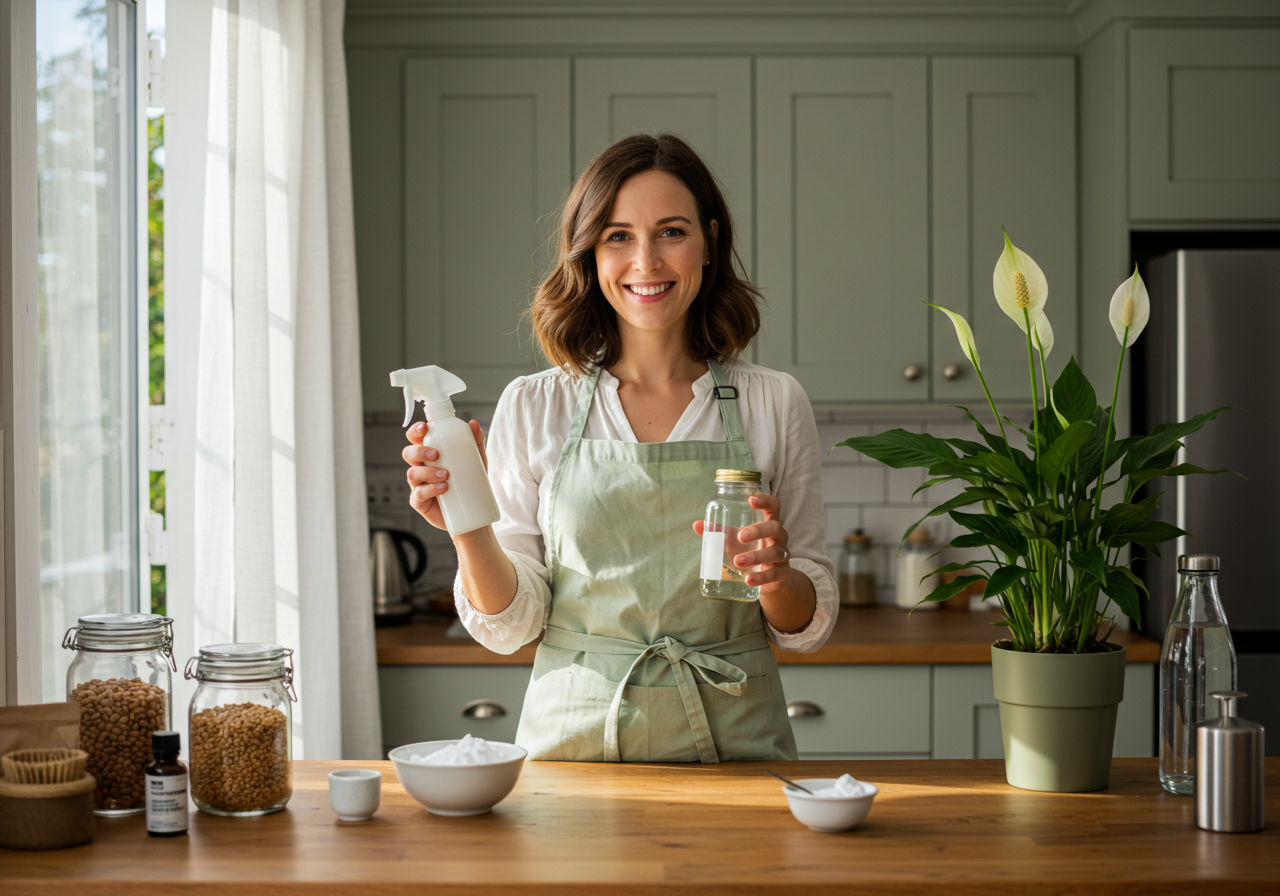How to Reduce Environmental Toxins in Your Home?

Let’s kick things off with something we all have lurking under our sinks: cleaning supplies. Those vibrant bottles promising a spotless home often come with a hidden cost—chemicals that can pollute your indoor air and irritate your family’s lungs. So, how to reduce environmental toxins in your home? Start by swapping out those harsh cleaners for natural alternatives. Vinegar, baking soda, and a few drops of essential oils like lemon or tea tree can work wonders. They’re gentle on the environment, budget-friendly, and leave your space smelling fresh without that overwhelming chemical whiff. Plus, making your own cleaners is a fun, hands-on way to take control of what’s in your home.
Beyond just smelling good, these natural options cut down on volatile organic compounds (VOCs)—nasty little particles that can linger in the air and cause headaches or worse. You don’t need a chemistry degree to whip up a spray bottle of vinegar and water—it’s that simple! And if DIY isn’t your thing, plenty of brands now offer eco-friendly cleaning products that are just as effective. The goal here is to create a safer space for you and your loved ones, and this is one of the easiest places to start when figuring out how to reduce environmental toxins in your home.
Now, let’s shift gears to your indoor air quality. You might be surprised to learn that the air inside your house can sometimes be more polluted than the stuff outside—yikes! Poor ventilation traps dust, allergens, and chemicals, turning your cozy retreat into a sneaky health hazard. So, how to reduce environmental toxins in your home when it comes to air? Open those windows! Even a few minutes of fresh air daily can flush out stale, toxin-laden air and bring in a crisp breeze. Pair that with some houseplants—think spider plants, peace lilies, or snake plants—and you’ve got yourself a natural air-purifying duo. These green beauties don’t just look pretty; they actively filter out harmful substances like formaldehyde and benzene.
And here’s a bonus: plants add a touch of nature to your decor, making your home feel more alive. If you’re worried about keeping them thriving, start with low-maintenance options—spider plants practically take care of themselves! This simple combo of ventilation and greenery is a game-changer for anyone asking how to reduce environmental toxins in your home without breaking the bank.
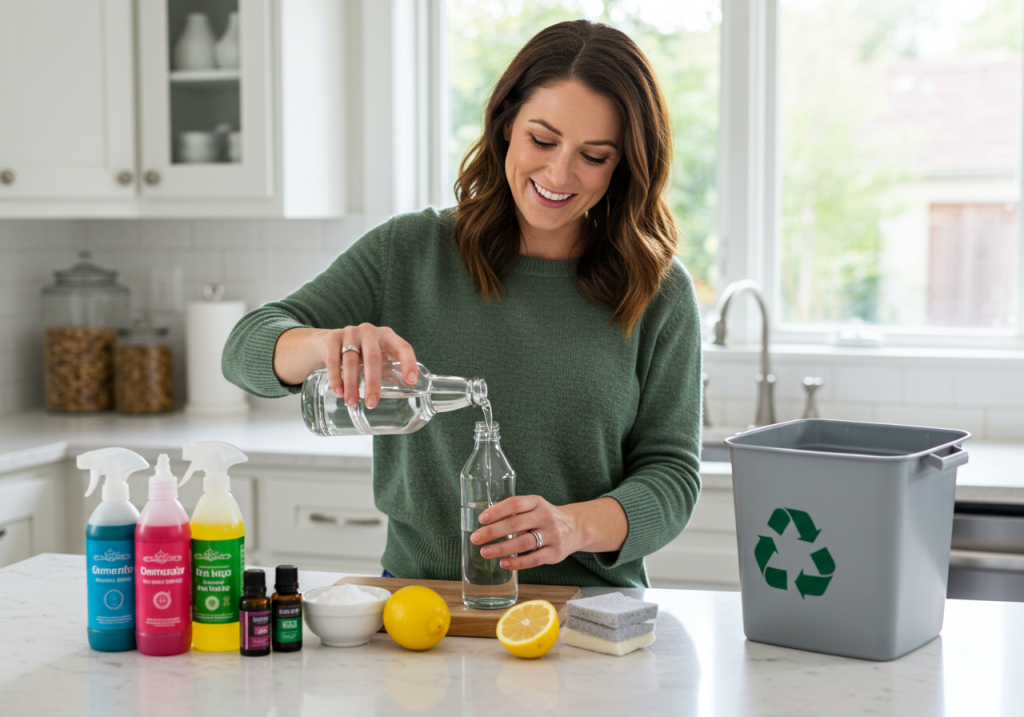
Next up, let’s talk plastics. You’ve probably noticed “BPA-free” plastered on water bottles and food containers, but do you know why it matters? Plastics can leach chemicals into your food, especially when heated or worn down over time. How to reduce environmental toxins in your home here? Switch to glass or stainless steel for storing leftovers and packing lunches. Glass jars are perfect for everything from soups to snacks, and they don’t hold onto odors or stains like plastic does. Picture this: your delicious homemade chili, safely tucked into a glass container, free from any sneaky chemical hitchhikers.
This shift isn’t just about safety—it’s about peace of mind. You’ll feel good knowing your family’s meals aren’t picking up unwanted extras. Plus, glass is reusable and recyclable, making it a win for both your health and the planet. It’s a practical, stylish answer to how to reduce environmental toxins in your home, one meal at a time.
Finally, let’s shine a spotlight on personal care products. Shampoos, lotions, and soaps might make you feel squeaky clean, but many are packed with ingredients like parabens and phthalates that can mess with your hormones or irritate your skin. Your skin’s your body’s biggest organ, so why not treat it right? How to reduce environmental toxins in your home starts with checking those labels. Look for brands that use clean, natural ingredients—think aloe vera, coconut oil, or shea butter—or go full-on organic if you can.
If you’re feeling adventurous, try making your own body scrub with sugar and olive oil. It’s ridiculously easy and leaves your skin glowing without the chemical baggage. Small changes like these add up, transforming your bathroom into a toxin-free zone. The best part? You don’t need to overhaul everything at once—start with one product and build from there. That’s how to reduce environmental toxins in your home without feeling overwhelmed.
Breathe Easy: 10 Simple Steps to Eliminate Toxins from Your Home
Let’s dive into some easy, actionable steps—starting with plants. Indoor plants aren’t just decor; they’re like silent superheroes sucking up toxins from the air. Peace lilies and spider plants top the list for their air-cleaning prowess, pulling out nasties like carbon monoxide and VOCs. How to reduce environmental toxins in your home with these? Pop a few in sunny corners and watch them work their magic. They’re low-maintenance, too, so even if your green thumb’s a little rusty, you’re golden.
Step two: ditch those synthetic air fresheners. Sure, they smell like a tropical paradise, but they’re often loaded with chemicals that hang around longer than you’d like. Instead, mix a few drops of lavender or peppermint essential oil with water in a spray bottle. It’s a quick, natural way to freshen up your space—and it doubles as a stress-reliever. This swap is a no-brainer for anyone wondering how to reduce environmental toxins in your home without much effort.
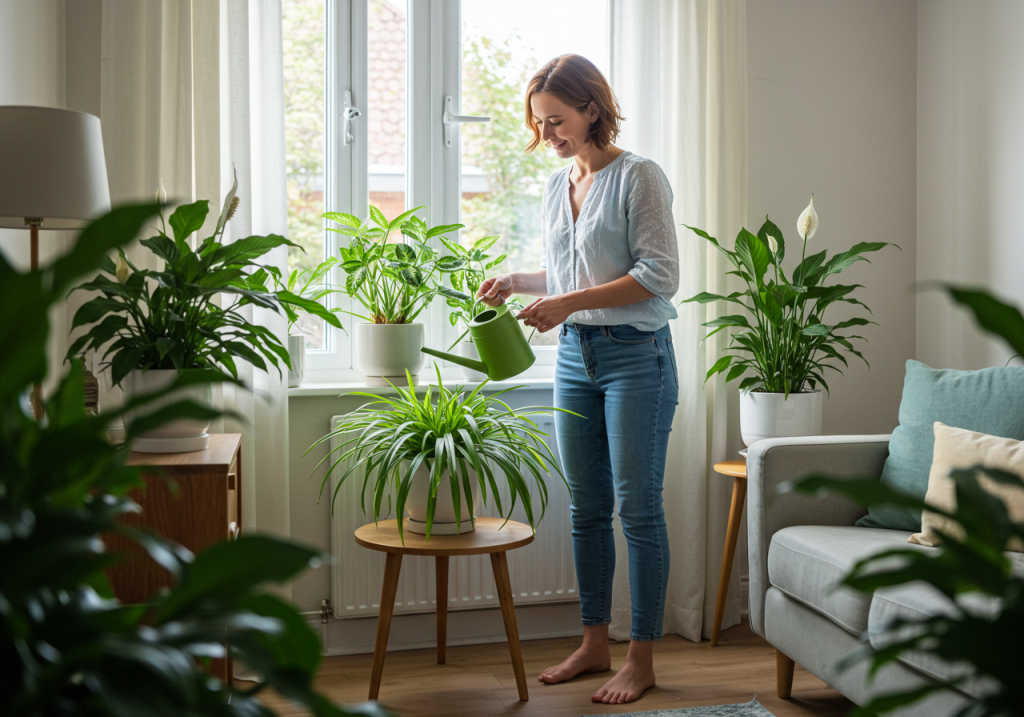
Now, let’s get serious about vacuuming. Dust isn’t just annoying—it’s a magnet for allergens and toxins. A vacuum with a HEPA filter can trap those tiny troublemakers before they settle into your rugs or furniture. Make it a weekly habit, and you’ll notice the difference in how fresh your home feels. Pair that with regular HVAC filter changes, and you’ve got a solid plan for how to reduce environmental toxins in your home through better air quality.
If you’ve got furry friends, pet dander’s another sneaky culprit. Bathing and brushing your pets regularly keeps those allergens in check. It’s a win-win—they look adorable, and your air stays cleaner. Curious about how to reduce environmental toxins in your home with pets around? This is a simple, effective step that doesn’t require fancy gear—just a little extra TLC.
Clean Living: Your Ultimate Guide to Detoxing Indoor Air Quality
Fresh air is your first line of defense. Cracking a window for even 10 minutes a day can sweep out trapped pollutants and bring in that crisp, outdoor goodness. It’s like hitting the reset button on your home’s atmosphere. How to reduce environmental toxins in your home starts with this basic, cost-free trick—don’t skip it!
Plants come next. Beyond their charm, they’re powerhouse purifiers. Boston ferns, areca palms, and English ivy join the ranks of toxin-fighters, scrubbing your air clean while adding a lush vibe. Place them strategically—near windows or in high-traffic rooms—and let them do their thing. It’s a natural, beautiful solution to how to reduce environmental toxins in your home.
Be picky about products, too. Cleaners, candles, even new furniture can release VOCs into your air. Stick to unscented or naturally scented options, and choose solid wood over particleboard when you can. It’s about creating a sanctuary, not a science experiment. This mindful approach is key to how to reduce environmental toxins in your home long-term.
Humidity matters, too. Too much moisture breeds mold—a silent air quality saboteur. A dehumidifier in basements or bathrooms keeps things balanced, ensuring your home stays fresh and healthy. Think of it as fine-tuning your space’s ecosystem—an essential step in how to reduce environmental toxins in your home.

Toxin-Free Living: Expert Tips for a Safer Home Environment
Cleaning products are ground zero. Those shiny bottles might promise miracles, but they often deliver a chemical punch. Switch to vinegar, baking soda, or castile soap for a gentler clean that still gets the job done. How to reduce environmental toxins in your home? This is your starting line—safe, simple, and surprisingly powerful.
Personal care products need scrutiny, too. If your lotion’s ingredient list looks like a novel, it’s time to rethink. Organic or toxin-free options cut out the junk, leaving your skin happy and your home healthier. It’s a small tweak with big impact—perfect for how to reduce environmental toxins in your home.
Air quality gets a boost from plants (yep, them again!) and smart furniture choices. Skip the VOC-heavy new stuff and go for second-hand or eco-friendly pieces. They’re kinder to your air and often come with character. This combo’s a pro move for how to reduce environmental toxins in your home.
From Paint to Pesticides: How to Identify and Remove Household Toxins
Let’s start with paint—it’s a bigger deal than you might think. There’s nothing like a fresh coat to brighten up a room, but traditional paints can quietly release volatile organic compounds (VOCs) into your air for months, sometimes even years. These invisible culprits can trigger headaches, dizziness, or even allergies, especially in poorly ventilated spaces. So, how to reduce environmental toxins in your home when it comes to paint? Next time you’re planning a redo, head to the store with purpose—look for low-VOC or zero-VOC options. These paints still deliver vibrant colors and smooth finishes without the chemical hangover. Brands are catching on, so you’ll find plenty of choices that don’t skimp on quality.
But what if your walls are already painted and you’re starting to suspect they’re part of the problem? Don’t panic—there’s still hope. Boosting ventilation is your first move. Crack open windows whenever weather permits to let those fumes escape and fresh air sweep in. Pair that with an air purifier equipped with a HEPA filter, and you’ve got a dynamic duo to tackle lingering VOCs. How to reduce environmental toxins in your home starts with understanding what’s hiding in plain sight—like that seemingly innocent paint job—and taking action to clear the air.
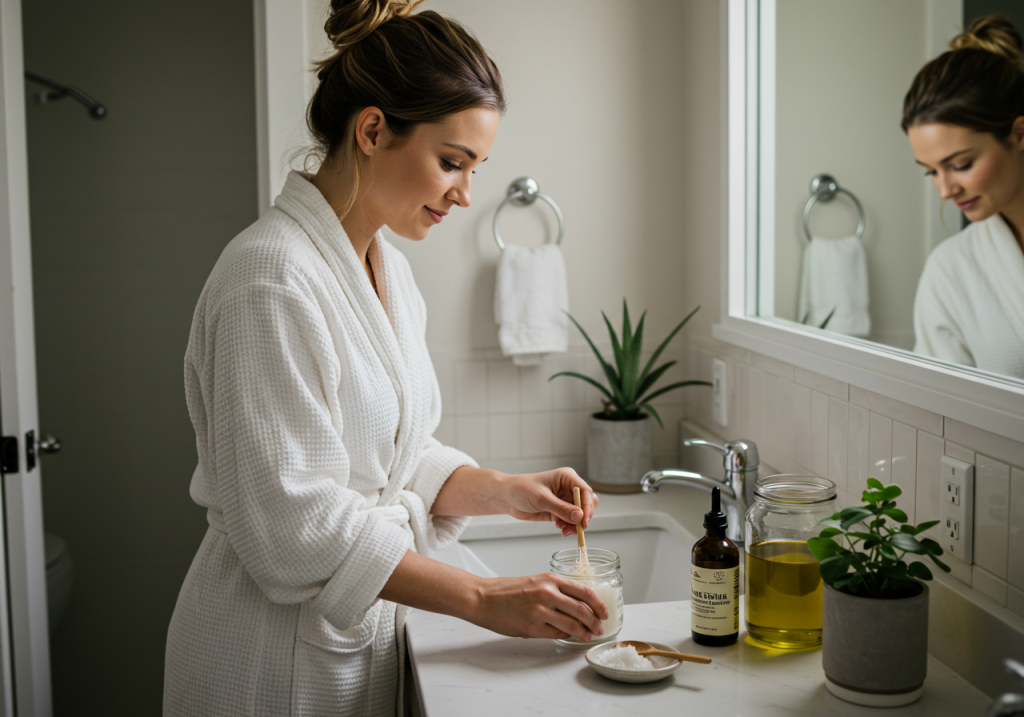
Now, let’s shift to pesticides, which can be a bit of a wild card. They’re marketed as your garden’s best friend, zapping bugs and keeping plants happy, but indoors? That’s a different story. Many common bug sprays and pest control products leave behind residues that stick around longer than the pests themselves. Imagine spraying something in your kitchen to deal with ants, only to realize you’ve traded one problem for another—chemical traces on your counters or in your air. How to reduce environmental toxins in your home here? Step one is to check those labels. If the ingredients list reads like a science experiment—think synthetic pyrethroids or organophosphates—it’s time to rethink your approach.
Instead, turn to nature’s toolbox. Diatomaceous earth, a powdery substance made from fossilized algae, is a game-changer for indoor pest control. Sprinkle it where bugs hang out, and it dehydrates them without harming you, your pets, or your air quality. Another option? Neem oil—a plant-based extract that repels pests and doubles as a safe, biodegradable solution. Even a simple vinegar-and-water mix can deter ants or clean up after a minor invasion. These alternatives aren’t just effective—they’re a smart, safe swap for anyone wondering how to reduce environmental toxins in your home without relying on harsh chemicals. Plus, they’re often cheaper than the store-bought stuff, so your wallet wins, too.
And while we’re at it, let’s not overlook cleaning products. Some of these so-called “miracle” cleaners are worse than the grime they’re meant to tackle. Bleach, ammonia, and artificial fragrances can irritate your lungs and leave behind a chemical residue you’d rather not breathe. How to reduce environmental toxins in your home starts with a quick label scan—look for words like “non-toxic” or “biodegradable.” Better yet, grab some eco-friendly options or mix up your own with staples like vinegar, baking soda, and lemon. It’s like a treasure hunt for a healthier home, and the reward is a space that’s clean and toxin-free.
Green Your Space: Transform Your Home into a Chemical-Free Zone
Ready to turn your home into a chemical-free oasis? Start small and build from there—little changes can make a big difference. First up, ditch that plug-in air freshener or aerosol spray. Sure, they promise a burst of “mountain breeze,” but they’re often pumping out synthetic chemicals instead. How to reduce environmental toxins in your home? Swap them for a pothos plant—or any leafy green like a peace lily or snake plant. These champs don’t just sit there looking pretty; they actively filter toxins like formaldehyde and benzene from your air. Pop one on a sunny shelf or hang it in a corner, and you’ve got a living, breathing air purifier that adds a splash of nature to your space. How cool is that?
Next, let’s rethink cleaning. Store-bought sprays might shine your surfaces, but they can also leave behind a chemical film you don’t want near your food or family. Why not whip up your own solutions instead? Vinegar and baking soda are your new best friends—they cut through grease, lift stains, and scrub away dirt without the dizzying fumes. Add a few drops of essential oil like lavender or citrus for a fresh scent, and you’ve got a custom cleaner that’s eco-friendly and effective. This DIY approach is a cornerstone of how to reduce environmental toxins in your home—it’s simple, affordable, and lets you control what’s in your space.
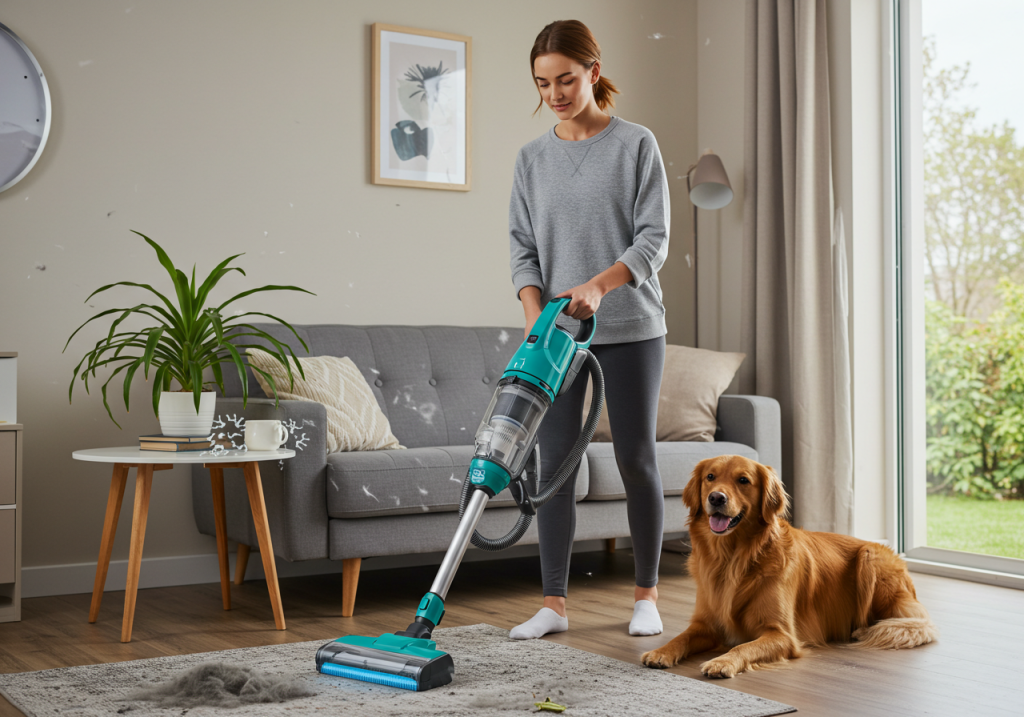
Furnishings deserve a look, too. That shiny new coffee table or particleboard bookshelf might be off-gassing chemicals like formaldehyde into your air. Scary, right? Opt for non-toxic furniture made from solid wood, bamboo, or reclaimed materials instead. Picture this: replacing that creaky old couch with a sustainably crafted piece that’s free of harmful glues or finishes. Your living room will feel lighter, cleaner, and more inviting—a literal breath of fresh air. How to reduce environmental toxins in your home includes being picky about what you bring through the door, and this is a stylish way to do it.
Textiles are another piece of the puzzle. Those heavy, synthetic curtains or polyester bedding might look sleek, but they’re often treated with flame retardants or dyes that release toxins over time. Switch to organic cotton, linen, or hemp—natural fibers that breathe better and skip the chemical treatments. They’re softer, cozier, and kinder to the planet, wrapping your home in comfort without the hidden baggage. Declutter while you’re at it—a tidy space lets you focus on keeping only what’s healthy and purposeful. Every step you take here answers how to reduce environmental toxins in your home with intentional, feel-good choices.
Safeguarding Your Sanctuary: Effective Strategies to Combat Home Toxins
Your home’s your sanctuary, so let’s keep it that way—starting with air quality. You wouldn’t stand in a smoky room on purpose, so why let paint fumes, dust, or chemical vapors build up indoors? Investing in a solid air purifier is like giving your space a superpower—it traps impurities like pollen, VOCs, and even pet dander before they settle in. Look for one with a HEPA filter and activated carbon for max impact. And don’t stop there—open your windows daily, even just for a few minutes. It’s like letting your home exhale the bad stuff and inhale a fresh start. How to reduce environmental toxins in your home doesn’t get much easier than that.
Cleaning supplies come next. Many off-the-shelf options are packed with ingredients that sound more like a lab spill than a home helper—think chlorine or synthetic fragrances. Skip the risk and mix your own instead. A splash of vinegar with water tackles everything from countertops to glass, while baking soda scrubs away stubborn spots. It’s like having a trusty sidekick that cleans without compromise. This switch is a practical, no-fuss answer to how to reduce environmental toxins in your home, and it’s gentle on both your lungs and your budget.
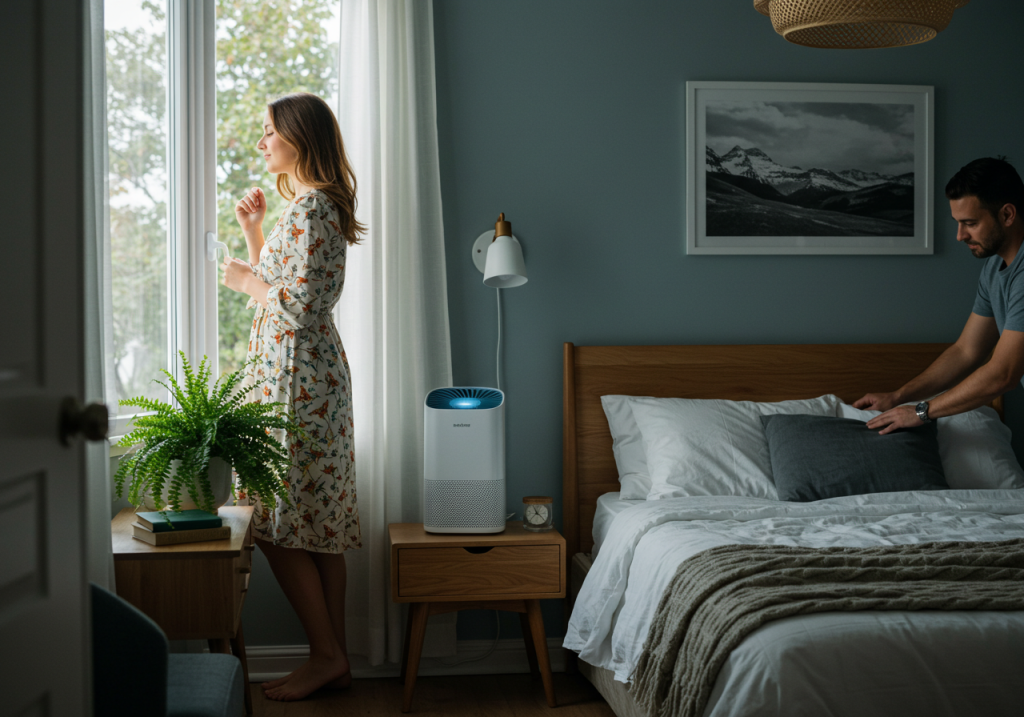
Plants are your secret weapon here, too. Beyond their beauty, varieties like spider plants or Boston ferns act as natural detoxifiers, pulling pollutants out of the air while adding a touch of green to your life. Think of them as quiet guardians, working around the clock to keep your sanctuary pure. Place a few in high-traffic spots—like the living room or kitchen—and let them do their thing. How to reduce environmental toxins in your home with plants is as simple as watering them occasionally and enjoying the benefits.
Lastly, take a hard look at your skincare and cosmetics. If you wouldn’t eat a mystery stew, why slather unknown chemicals on your skin? Parabens, sulfates, and artificial scents can sneak into lotions and shampoos, absorbing into your body and lingering in your space. Opt for natural, organic alternatives—think shea butter, coconut oil, or plant-based formulas. Your skin will glow, and your home won’t turn into a chemical cloud. How to reduce environmental toxins in your home ties right into these everyday choices—small shifts that protect your health and your haven.
If you enjoyed this guide on “How to Reduce Environmental Toxins in Your Home?”, be sure to check out more of my articles at www.soulfullwoman.com for tips to empower your fitness journey!

